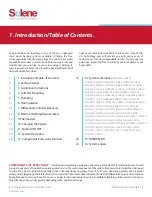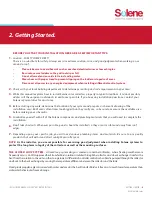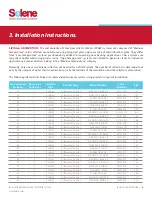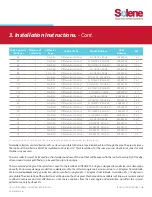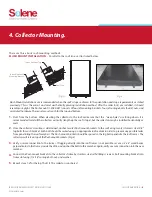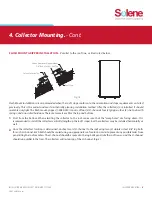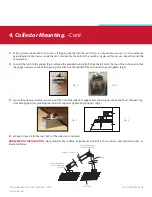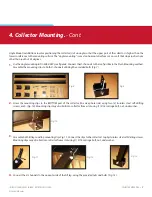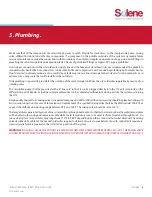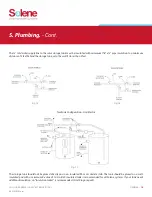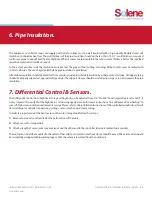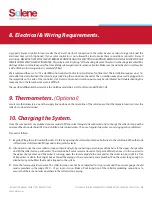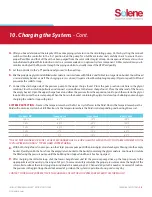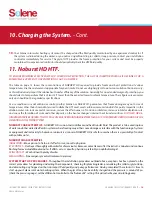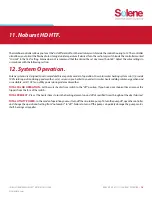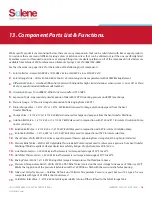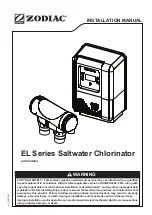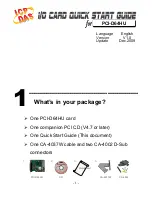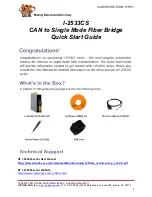
2. Getting Started.
GETTING STARTED.
-
2
1.
2.
3.
4.
5.
6.
7.
Caution - SAFETY COMES FIRST!
There is no substitute for safety. Always exercise extreme caution, care, and good judgment when working on or
around a roof.
BEFORE YOU START YOUR INSTALLATION, HERE ARE A FEW IMPORTANT TIPS:
Check with your local building department to determine permitting and code requirements in your area.
While this manual explains how to install Solene solar collectors properly in typical situations, it cannot possibly
address all the unique or individual circumstances possible. If you have any installation questions, contact your
Solene representative for assistance.
Before starting any work, determine the location of your system and prepare a schematic drawing of the
installation area. Roof areas often times look bigger than they really are, so be sure to measure the available area
before making your schematic.
Familiarize yourself with all of the Solene components and plumbing materials that you will need to complete the
installation.
Don’t take shortcuts. Whenever possible, panels should be installed so they are accessible and away from roof
edges.
Depending upon your specific job, you will need various plumbing items and materials. Be sure to use quality
products that will withstand direct sunlight year after year.
•
Please take care to avoid hazards such as overhead electrical wires or loose shingles.
•
Be sure to secure ladders so they will not slip or fall.
•
Do not allow extension cords to lie in standing water.
•
Wear shoes with proper tread to prevent slipping on the ladder or sloped roof areas.
•
Disconnect all power to any energized equipment when installing differential control system.
NOTE:
As the installer, you are responsible for exercising good judgment when installing Solene systems to
protect the long term integrity of the collectors as well as the mounting surfaces.
THE CLOSED LOOP SYSTEM
- A closed loop system design is common in northern climates, where freezing weather more
frequently occurs. An FDA-approved heat transfer fluid solution circulates through the collector, and a heat exchanger transfers the
heat from the solution to the water in the storage tank. A differential controller controls when fluid is pumped through the collector
and back to the heat exchanger by sensing the temperature difference between the collector and the tank.
Flood grade propylene glycol is mixed with water and used as the heat transfer fluid as it freezes at a much lower temperature than
water which eliminates freeze damage.
INSTALLATION MANUAL SOLENE
®
HOT WATER SYSTEMS
©
2014 UMA Solar


